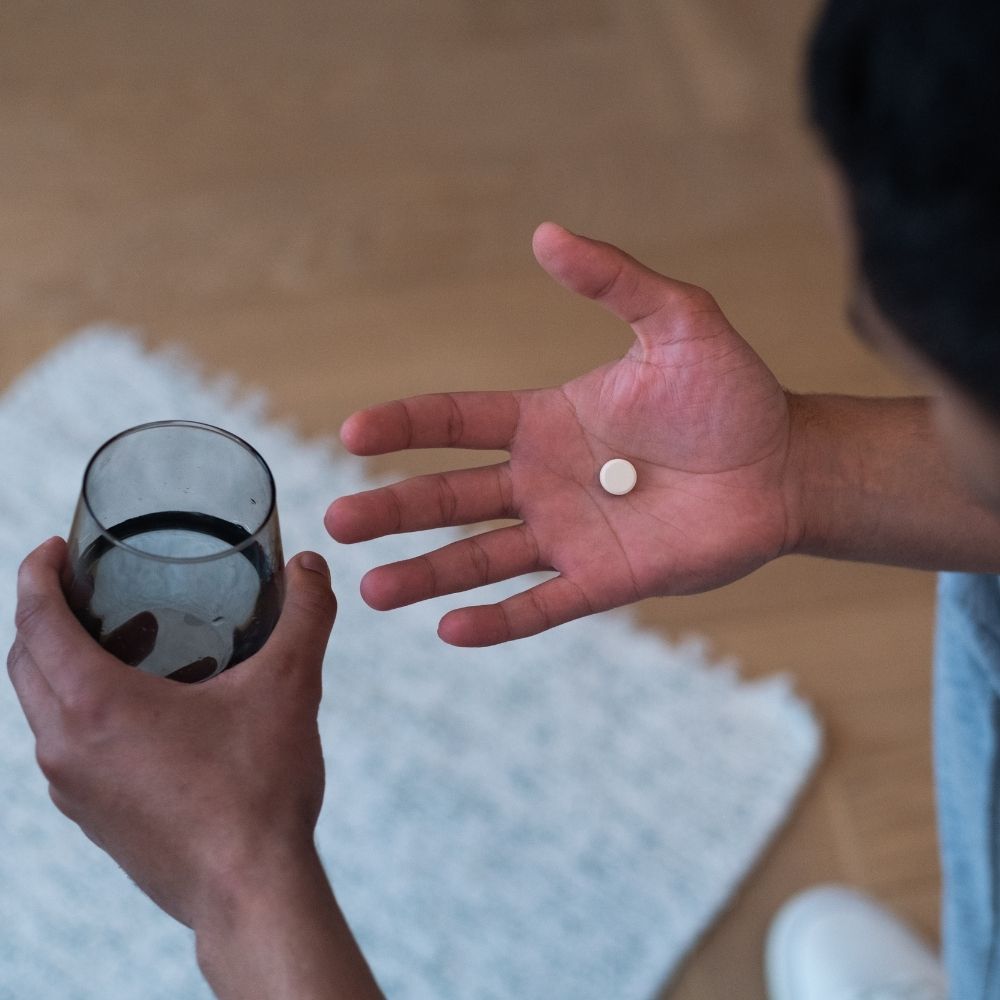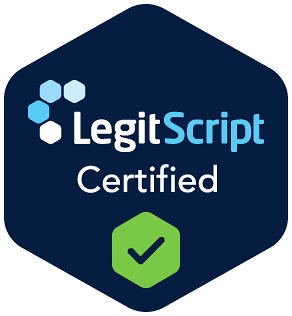The Ultimate Guide to Medication-Assisted Treatment (MAT) for Addiction Recovery
Author: The SobrietyMeds Team | Medically Reviewed by: [Name of Licensed Medical Provider, MD/NP] Last Updated: July 14, 2025
Taking the first step toward recovery is an act of incredible strength. It's a journey that often begins with questions, uncertainty, and a search for a path forward that feels safe, respectful, and effective. If you are exploring options for yourself or a loved one dealing with Opioid Use Disorder (OUD) or Alcohol Use Disorder (AUD), you have likely come across the term Medication-Assisted Treatment, or MAT.
Unfortunately, MAT is one of the most powerful yet misunderstood tools in addiction medicine. It's surrounded by stigma and misinformation that can prevent people from accessing the care they deserve.
This guide was created to change that. Here, we will provide a clear, comprehensive, and compassionate overview of Medication-Assisted Treatment. We will break down the science, debunk the harmful myths, explore the patient journey in detail, and transparently discuss safety, costs, and what this evidence-based approach truly looks like. Our goal is to replace fear with facts and uncertainty with confidence, empowering you to make the best decision for your health and future.
What Is Medication-Assisted Treatment (MAT)?
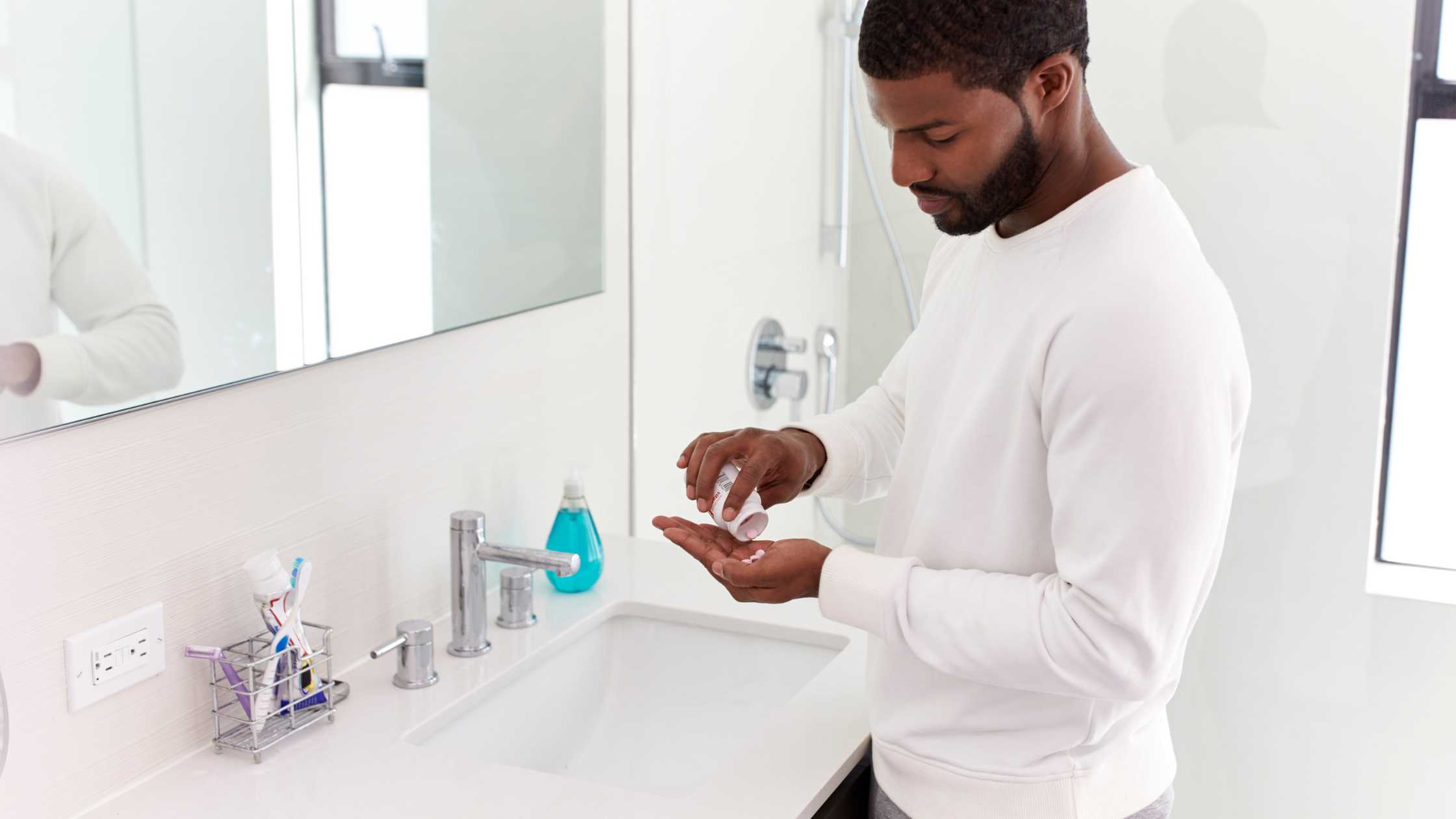
Medication-Assisted Treatment (MAT) is the use of FDA-approved medications, in combination with counseling and behavioral therapies, to provide a "whole-patient" approach to the treatment of substance use disorders.
This definition, supported by leading health organizations like the Substance Abuse and Mental Health Services Administration (SAMHSA), highlights the three essential pillars of effective MAT programs:
- FDA-Approved Medication: Specific medications are used to normalize brain chemistry, block the euphoric effects of alcohol and opioids, relieve physiological cravings, and normalize body functions without the negative and euphoric effects of the substance used [27].
- Counseling & Therapy: A licensed therapist or counselor works with you to address the behavioral and psychological aspects of addiction. This can include individual therapy, cognitive-behavioral therapy (CBT), and other modalities to develop healthy coping skills [29].
- Support Systems: Comprehensive care includes building a strong support network, which may involve group therapy, family counseling, and connection to community-based recovery groups.
MAT is not about replacing one drug with another. It is a comprehensive medical approach that treats addiction as the chronic brain disease it is, similar to how one would use medication to manage other chronic conditions like diabetes or heart disease. The goal is to provide stability, reduce harm, and create the opportunity for lasting recovery.
The Science of Healing: How MAT Works on the Brain
To understand why MAT is so effective, it's important to understand how substance use affects the brain. Prolonged use of opioids or alcohol physically alters brain circuits, particularly those responsible for reward, stress, and self-control. These changes create intense, overpowering cravings and a painful, often dangerous, withdrawal syndrome when a person tries to quit.
This is not a failure of willpower; it is a change in neurobiology.
MAT medications work by targeting these same brain circuits to rebalance them.
- They can reduce cravings, which are one of the biggest barriers to recovery.
- They can alleviate withdrawal symptoms, making it physically possible for a person to stop using the substance without enduring extreme sickness and distress [35].
- They can block the rewarding effects of opioids or alcohol, so if a person does use the substance, they do not feel the euphoria, which helps break the cycle of use [27].
By stabilizing the brain, MAT provides a crucial window of opportunity. It clears the way for a person to fully engage in therapy, rebuild their life, and develop the skills needed for long-term recovery.
Debunking the Myths: Separating MAT Fact from Fiction
Stigma is a major barrier to care. Let's address the most common myths about MAT with facts.
Myth #1: "MAT is just trading one addiction for another."
Fact: This is the most pervasive and harmful myth. There is a critical difference between physical dependence and addiction. The medications used in MAT, like buprenorphine (Suboxone), are prescribed by a licensed medical provider in controlled, therapeutic doses [34]. They do not produce the euphoric "high" associated with substance misuse. They work to normalize brain function, allowing a person to return to work, care for their family, and live a full life. Addiction is the compulsive use of a substance despite harmful consequences; MAT is a medical treatment that helps end that compulsion.
Myth #2: "Using medication is the 'easy way out' or a 'crutch'."
Fact: There is nothing easy about recovery. MAT is a tool that makes recovery possible. It provides the stability needed for a person to do the hard work of therapy, confronting past trauma, learning new coping mechanisms, and rebuilding their life. Denying someone access to life-saving medication would be like telling a person with diabetes that using insulin is "the easy way out." It's not a crutch; it's medicine that treats a medical condition.
Myth #3: "True recovery means being completely abstinent from all substances, including medication."
Fact: The goal of recovery is well-being. For many, that is best achieved with the help of medication. The duration of MAT is a clinical decision made between you and your provider, based on your specific needs [36]. Some people may use it for months, others for years, and some for a lifetime, just like any other chronic disease management. Success in recovery isn't measured by a person's medication status; it's measured by their health, stability, and quality of life.
A Detailed Look at Safety, Risks, and Side Effects
Trust begins with transparency. While MAT is overwhelmingly safe and effective when managed by a qualified provider, all medications have potential side effects and risks. Understanding these is a key part of an informed recovery plan.
Safety of Buprenorphine (Suboxone)
Buprenorphine is a cornerstone of OUD treatment. It is a partial opioid agonist, which gives it a strong safety profile.
- Common Side Effects: These are often mild and may decrease as your body adjusts. They include constipation, headache, nausea and vomiting, drowsiness, and sweating [44]. Many of these can be managed with guidance from your provider.
- Serious Risks:
- Respiratory Depression: The most significant risk is slowed breathing (respiratory depression), especially if Suboxone is taken with other central nervous system depressants like benzodiazepines (e.g., Xanax, Valium), alcohol, or illicit sedatives. It is critical to be completely honest with your provider about all substances and medications you use [17].
- Dependence and Withdrawal: Because it is an opioid, your body will become physically dependent on buprenorphine. This is an expected physiological effect, not addiction. Stopping it suddenly can cause withdrawal symptoms, so any dose changes or discontinuation must be managed by your provider [36].
- Liver Problems: In rare cases, buprenorphine can affect liver function. Your provider may recommend monitoring your liver health.
Safety of Naltrexone (Vivitrol)
Naltrexone is an opioid antagonist used for both AUD and OUD. It is not an opioid, is non-addictive, and does not cause physical dependence.
- Common Side Effects: The most common side effects include nausea, headache, dizziness, fatigue, anxiety, and trouble sleeping [32]. Taking the dose with food can often help with nausea.
- Serious Risks:
- Precipitated Withdrawal: This is the most critical risk for those using Naltrexone for OUD. You must be free from all opioids (including buprenorphine and methadone) for at least 7-14 days before your first dose [26]. Taking Naltrexone while opioids are still in your system will trigger sudden, severe withdrawal symptoms.
- Liver Damage: Naltrexone can cause liver stress or damage, especially at higher-than-recommended doses. It may not be suitable for individuals with acute hepatitis or severe liver disease [29].
- Lowered Opioid Tolerance: Naltrexone will reduce your tolerance to opioids. If you stop taking Naltrexone and then use opioids at the same dose you used previously, the risk of a life-threatening overdose is extremely high.
The Patient Journey: What to Expect in Your First Month
The fear of the unknown can be a major hurdle. Here is a detailed look at what your first month in a telehealth MAT program with a provider like SobrietyMeds might look like, demystifying the process step-by-step.
Week 1: The Initial Consultation and Induction
Your journey begins with a private, HIPAA-compliant consultation with a licensed medical provider. This first meeting is about building trust. You'll discuss your history, what you've tried before, and your personal goals - whether that's drinking less, quitting opioids, or simply feeling "normal" again [9].
- For Suboxone: If you and your provider decide on Suboxone, you will begin the "induction" process. You must be in a state of mild-to-moderate withdrawal before your first dose. Your provider will guide you on how to recognize these signs. You will take your first dose at home while being monitored via telehealth to ensure it is safe and effective. The goal is to find the lowest effective dose that eliminates withdrawal symptoms and cravings [34].
- For Naltrexone: Your provider will confirm that you have completed the required opioid-free period (for OUD) or that you are ready to begin treatment (for AUD). You will take your first dose and monitor for any side effects. The initial focus is on tolerating the medication and establishing a routine.
By the end of week one, the primary goal is stability. The physical chaos of withdrawal and cravings begins to calm, creating mental space for the next steps.
Weeks 2-4: Stabilization and Engagement
With the initial physical challenges managed, the focus shifts to building a foundation for long-term recovery.
- Medication Adjustment: You will have regular check-ins with your provider to fine-tune your dosage. The goal is to ensure your medication is working optimally—eliminating cravings without causing unpleasant side effects.
- Beginning Counseling: The stability provided by MAT allows the real psychological work to begin. This is the time to start engaging with counseling or therapy. You'll learn coping mechanisms for triggers, address underlying issues like anxiety or trauma, and start developing the behavioral skills for a life in recovery.
- Establishing Routine: Recovery is built on healthy routines. You'll focus on consistent medication adherence, attending appointments, and incorporating healthy habits around sleep, nutrition, and exercise.
During this period, you will start to feel a profound shift. The constant mental obsession with the substance fades, replaced by a sense of hope and control. You are no longer just surviving; you are beginning to heal.
A Transparent Look at Cost, Insurance, and Accessibility
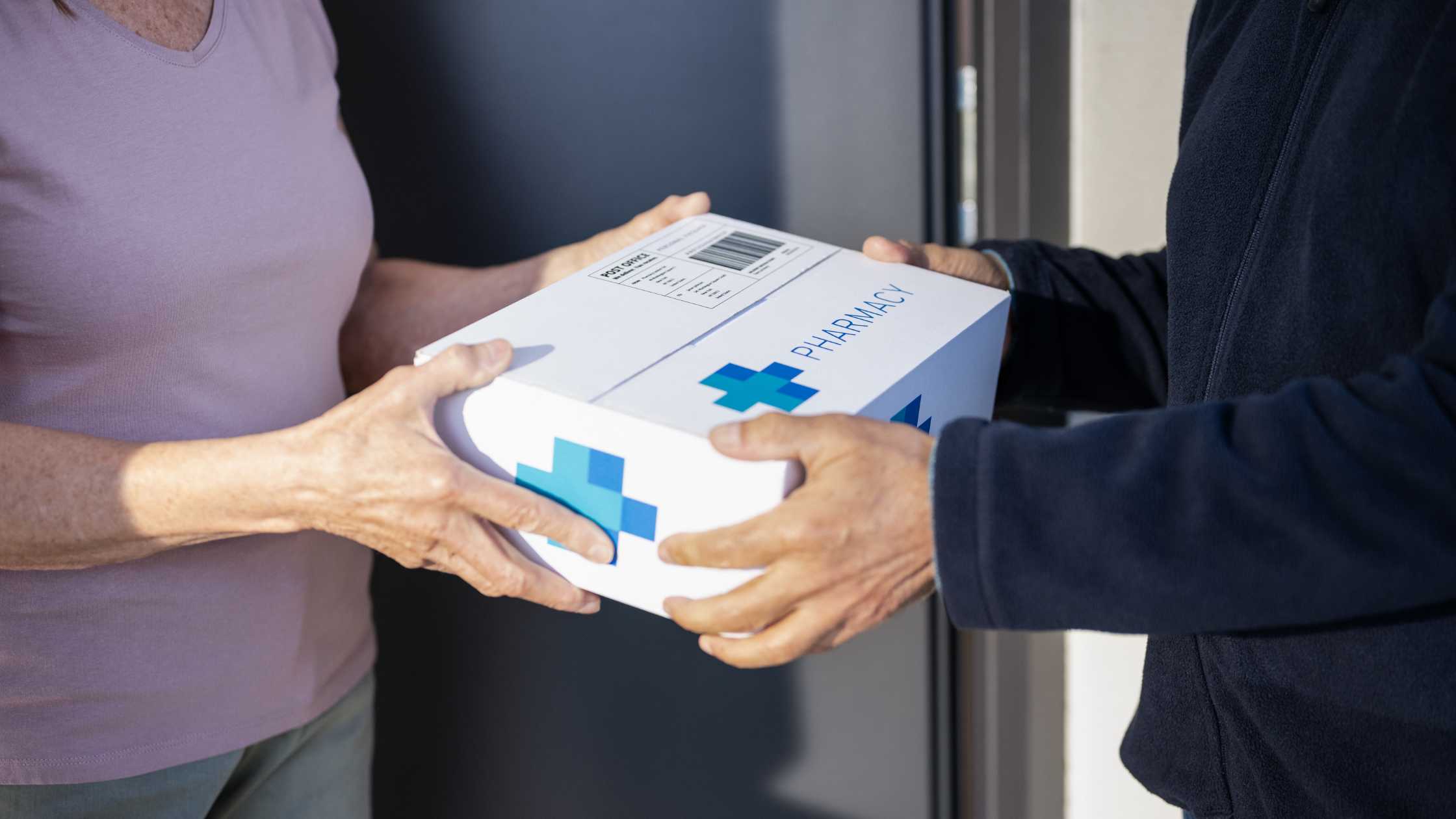
A major source of anxiety for those seeking help is cost and the fear of predatory billing practices. This is a well-founded concern. The Better Business Bureau profiles of major telehealth providers like Workit Health and Bicycle Health are filled with complaints about confusing billing, insurance issues, and unanswered customer support inquiries [1, 2]. Some patients report being forced into services to generate extra insurance charges or being hit with unwanted subscription renewals [4].
At SobrietyMeds, we believe trust is built on transparency. Here is our straightforward approach.
- Insurance: We are working to accept most major insurance plans to make care as accessible as possible. Our team will help you verify your benefits so you know exactly what is covered before you begin treatment. We are committed to clear communication, unlike the experiences reported by customers of other services who faced a communication breakdown between staff and clinicians [2].
- Cash-Pay Options: For those without insurance or who prefer to pay directly for privacy reasons, we offer simple, all-inclusive pricing packages. Your fee will cover your medical consultations, prescription management, and access to our support team. There are no hidden fees or surprise charges. What you see is what you pay.
- Accessibility: We are a 100% online clinic, providing care from the privacy of your home [7]. Our model is designed for convenience and discretion, from the initial consultation to the discreet delivery of your medication from a licensed U.S. pharmacy.
Our mission is to provide reliable, compassionate care, and that extends to our administrative and billing practices. We are building our company to be the trustworthy alternative for patients who have been let down by the operational failures of others.
Frequently Asked Questions (FAQ)
1. Is online MAT safe and legal? Yes. Getting a prescription for Suboxone or Naltrexone online from a legitimate provider is both safe and legal [40]. Licensed telehealth platforms must adhere to the same medical and privacy standards (like HIPAA) as a physical doctor's office. The key is choosing a certified provider. SobrietyMeds is pursuing LegitScript certification, the highest standard for online healthcare providers, which ensures adherence to strict safety and transparency protocols [5, 24].
2. How long will I need to be on MAT? The duration of treatment is highly individual and is a decision made between you and your provider. There is no set timeline [36]. Some may use MAT for a few months to navigate early recovery, while others may benefit from years of treatment to manage a chronic condition. The goal is to use the medication for as long as it is beneficial to your health and well-being.
3. Will MAT medication show up on a standard drug test? It depends on the test. Buprenorphine (Suboxone) is a specific opioid that is not detected on many standard opioid screenings, but it will show up on a more detailed, specific panel [49]. Naltrexone is not an opioid and will not show up on a drug test as an opioid. If you are subject to drug testing for employment or other reasons, it is best to be transparent and provide documentation of your valid prescription.
4. Can I get a prescription on my first visit? Yes, if the medical provider determines that MAT is a safe and appropriate treatment for you after a thorough clinical assessment, they can write a prescription following your initial consultation.
5. How is online MAT different from in-person treatment? The core medical treatment is the same: you are prescribed FDA-approved medication by a licensed provider. Online MAT offers significant benefits in convenience, privacy, and accessibility, removing barriers like transportation and time off work. Numerous studies have shown that telehealth for OUD is as effective as in-person care, with high rates of patient satisfaction and retention [13].
Your Journey Starts Here, With Hope

Medication-Assisted Treatment is not just a clinical term; it's a lifeline. It is the evidence-based standard of care for opioid and alcohol use disorders because it works. It saves lives, restores families, and makes long-term recovery an achievable reality.
Leaving stigma and misinformation behind is the first step. Embracing a path built on science, compassion, and professional support is the next. You have the strength to heal, and the right treatment can help you unlock it. We understand the trust deficit created by others in this space, and we are committed to earning your confidence through compassionate action and operational excellence.
If you are ready to explore a private, reliable, and truly compassionate path to recovery, the team at SobrietyMeds is here for you.
Sources:
[1] Workit Health, Inc. | BBB Business Profile | Better Business Bureau * https://www.bbb.org/us/mi/ann-arbor/profile/drug-abuse-information/workit-health-inc-0372-90031446
[2] Bicycle Health, Inc. | BBB Reviews | Better Business Bureau * https://www.bbb.org/us/ma/boston/profile/telemedicine/bicycle-health-0021-536643/customer-reviews (Note: Bicycle Health's BBB location has been updated to Boston, MA.)
[3] Bicycle Health, Inc. | BBB Business Profile | Better Business Bureau * https://www.bbb.org/us/ma/boston/profile/telemedicine/bicycle-health-0021-536643
[4] Oar Health, Inc. | BBB Reviews | Better Business Bureau * https://www.bbb.org/us/ny/new-york/profile/health-and-wellness/oar-health-inc-0121-87158257/customer-reviews
[5] Addiction Treatment Certification: Ads & Marketing - LegitScript * https://www.legitscript.com/certification/addiction-treatment/
[7] SobrietyMeds * https://www.sobrietymeds.com/
[9] Oar Health: Get Started With Medication To Help You Drink Less... * https://www.oarhealth.com/
[13] Reviews - Workit Health * https://www.workithealth.com/reviews/
[17] Bicycle Health: Confidential Online Suboxone Treatment * https://www.bicyclehealth.com/
[24] Addiction Treatment Certification Standards - LegitScript * https://www.legitscript.com/service/certification/addiction-treatment/standards/
[26] Genuine Naltrexone Prescribed Online - e-Psychiatry * https://www.e-psychiatry.com/naltrexone
[27] Naltrexone - SAMHSA * https://www.samhsa.gov/medications-substance-use-disorders/medications-counseling-related-conditions/naltrexone
[29] Naltrexone - Using Medications to Help Manage Alcohol Use Disorder with HIV - VA.gov * https://www.hiv.va.gov/patient/daily/alcohol/medications.asp
[32] Naltrexone (Oral Route) - Mayo Clinic * https://www.mayoclinic.org/drugs-supplements/naltrexone-oral-route/description/drg-20068408
[34] Suboxone online treatment program for drug addiction - DigiPsych * https://digipsych.com/services/suboxone-treatment-program/
[35] Online Suboxone Treatment Program | Cincinnati West Suboxone Clinic * https://suboxoneohio.com/online-suboxone-clinic/
[36] Top Questions About Suboxone and Suboxone Treatment, Opioid Use Disorder and MAT - National Addiction Specialists * https://www.nationaladdictionspecialists.com/suboxone-treatment-faq/
[40] 5 Questions About Online Suboxone Treatment, Answered - Workit Health * https://www.workithealth.com/blog/online-suboxone-treatment/
[44] What Are the Mental and Behavioral Side Effects of Suboxone? - American Addiction Centers * https://americanaddictioncenters.org/suboxone-treatment/side-effects
[49] Will Suboxone Show Up on a Standard Drug Test? - GoodRx * https://www.goodrx.com/suboxone/does-suboxone-show-up-on-a-drug-test

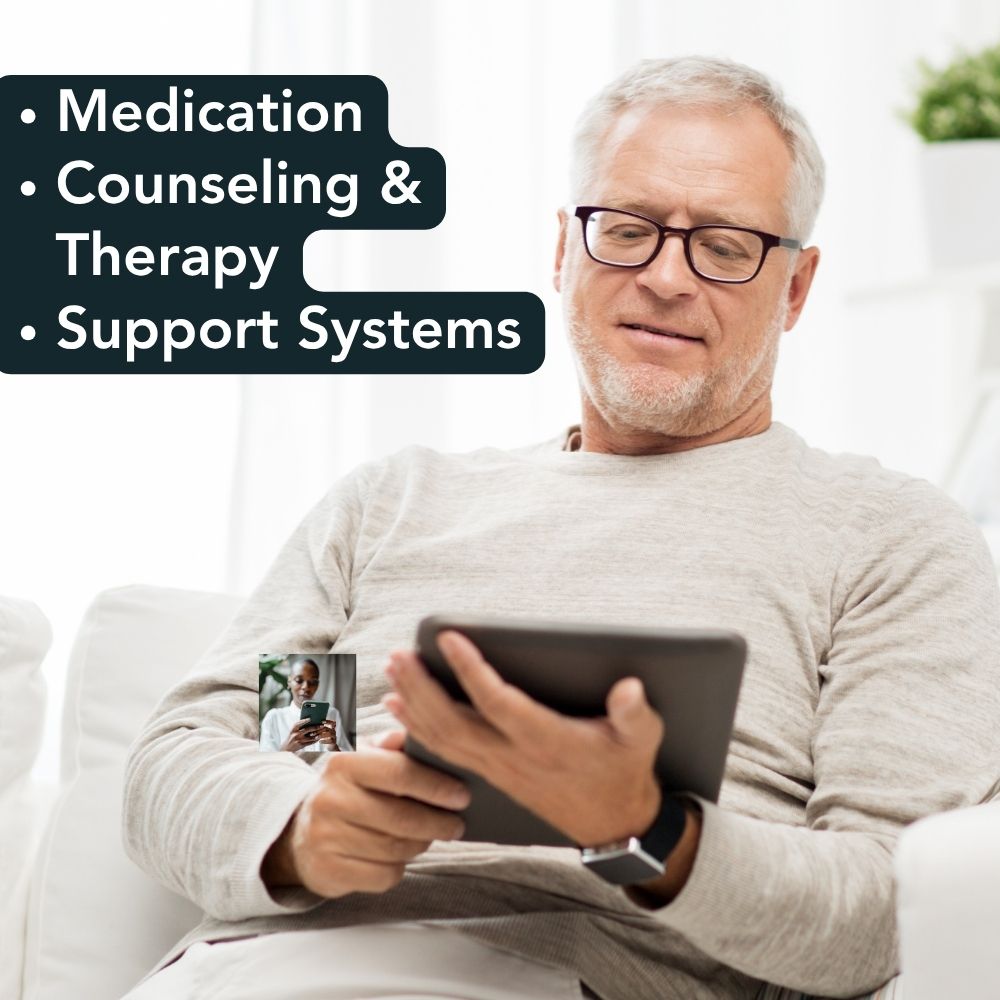

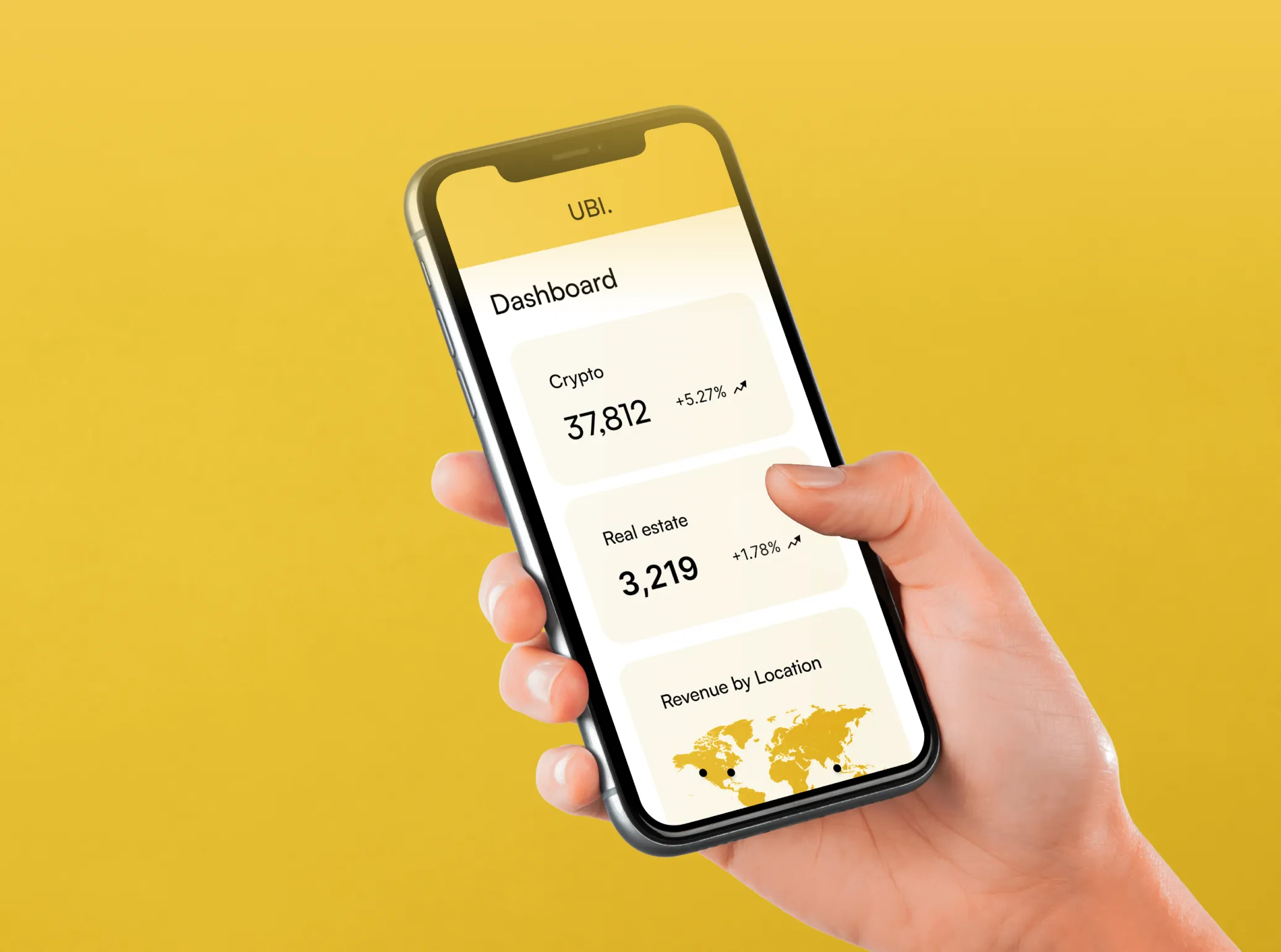





-2.jpg)
.jpg)
